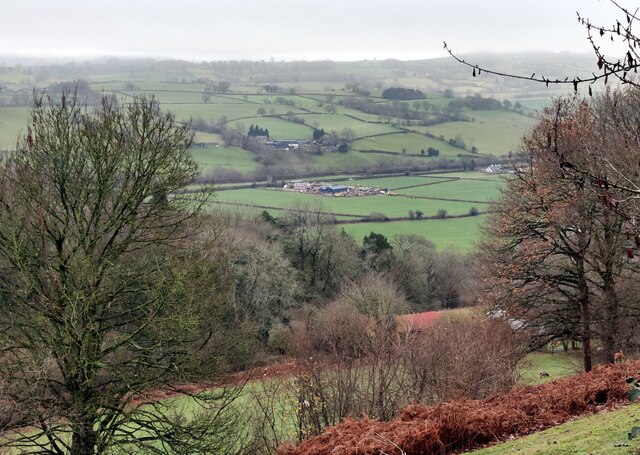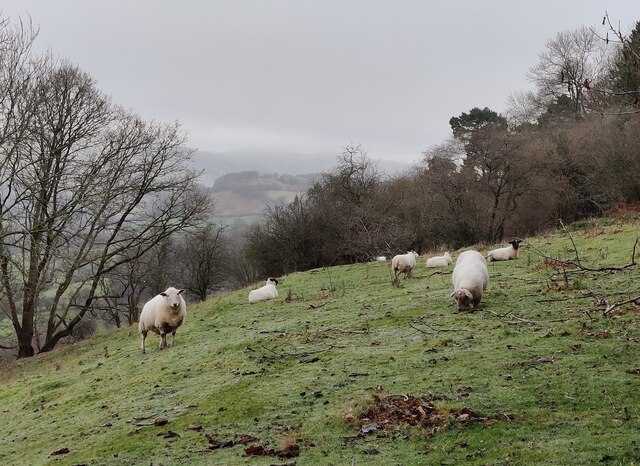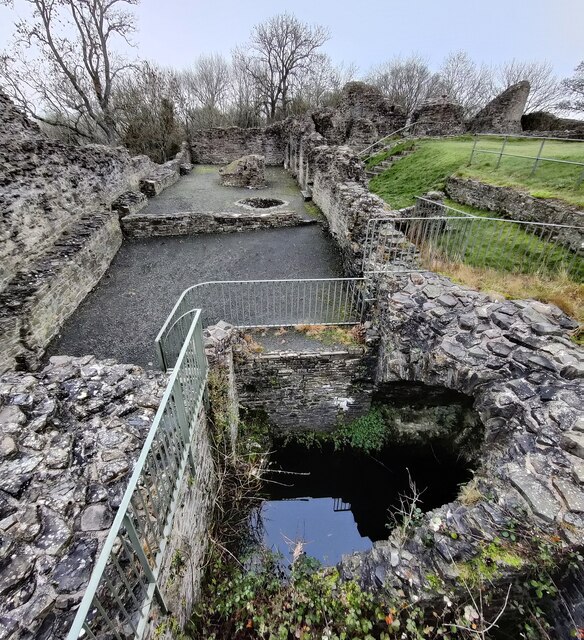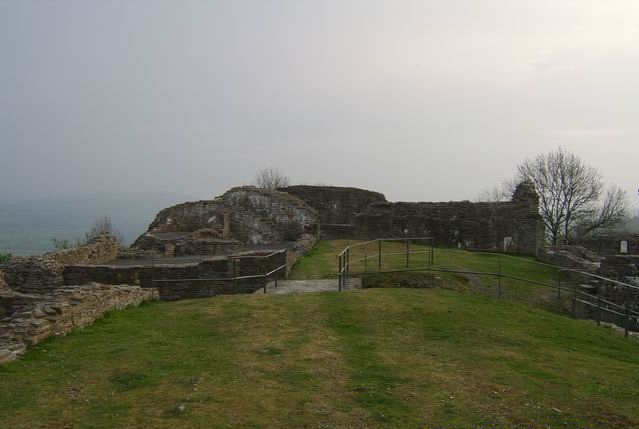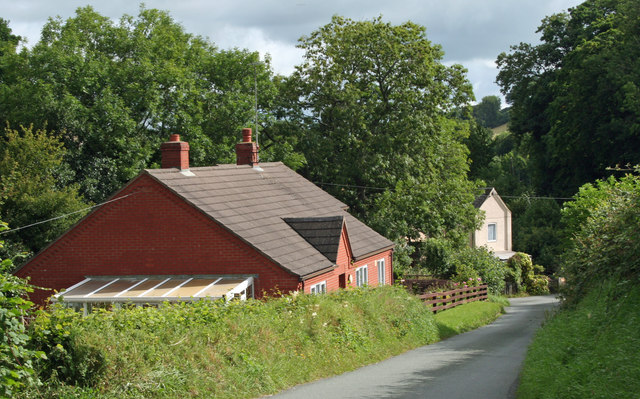Brynderwen
Settlement in Montgomeryshire
Wales
Brynderwen
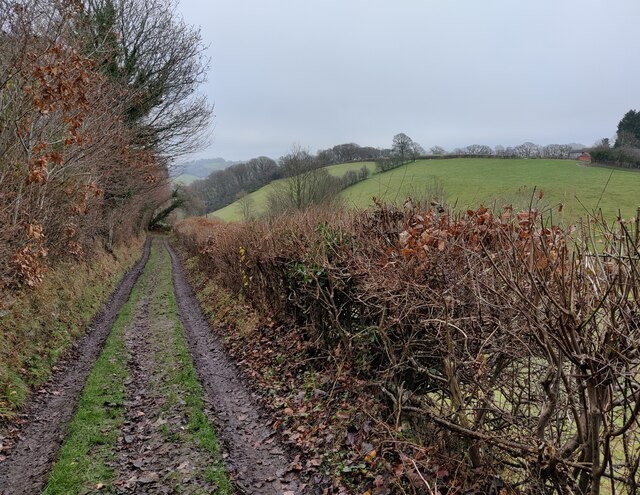
Brynderwen is a small village located in the county of Montgomeryshire, Wales. Situated in the picturesque countryside, it is surrounded by rolling hills and lush green fields. The village is nestled along the banks of the River Severn, adding to its scenic charm.
With a population of approximately 500 residents, Brynderwen maintains a close-knit community atmosphere. Most of the houses in the village are traditional Welsh stone cottages, which give it a quaint and rustic feel. The residents take great pride in their village and strive to preserve its historical character.
The village is equipped with essential amenities, including a local convenience store and a post office, catering to the daily needs of the residents. Additionally, there is a primary school in Brynderwen, providing education to the local children.
Brynderwen offers several recreational opportunities for both residents and visitors. The surrounding countryside is ideal for outdoor activities such as hiking, cycling, and fishing. The nearby River Severn provides a scenic spot for picnics and leisurely walks along its banks.
Despite its small size, Brynderwen has a rich history. The village is home to several historical landmarks, including an ancient church that dates back to the 13th century. These landmarks serve as a reminder of the village's heritage and attract tourists interested in exploring its historical significance.
In conclusion, Brynderwen is a charming village in Montgomeryshire, Wales, offering a peaceful and picturesque setting, a close-knit community, and a glimpse into its rich history.
If you have any feedback on the listing, please let us know in the comments section below.
Brynderwen Images
Images are sourced within 2km of 52.546345/-3.2401447 or Grid Reference SO1695. Thanks to Geograph Open Source API. All images are credited.
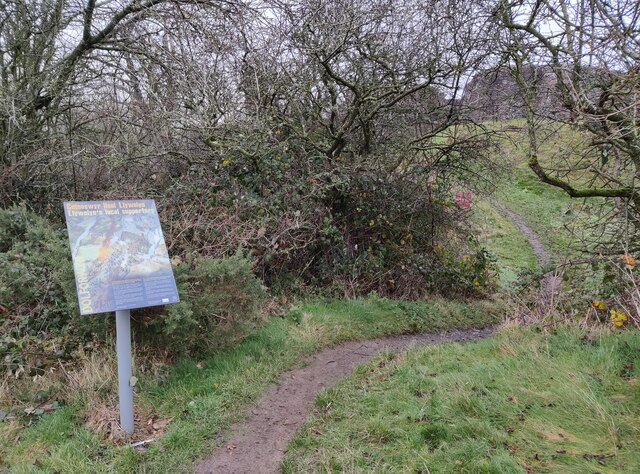
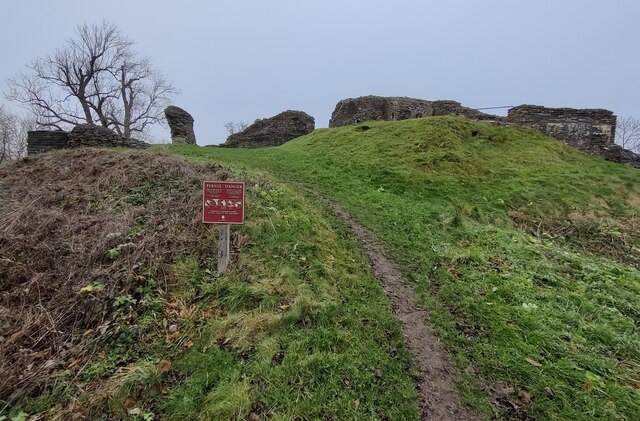
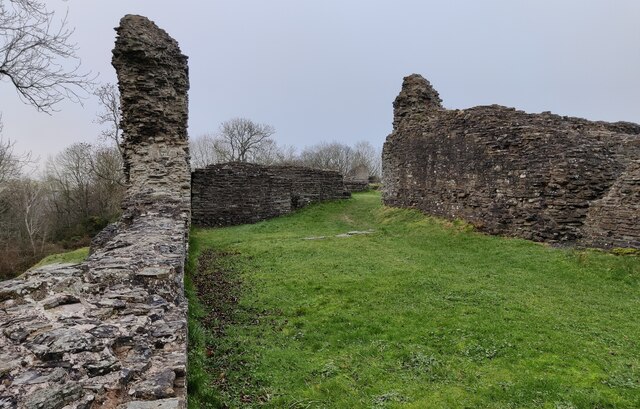
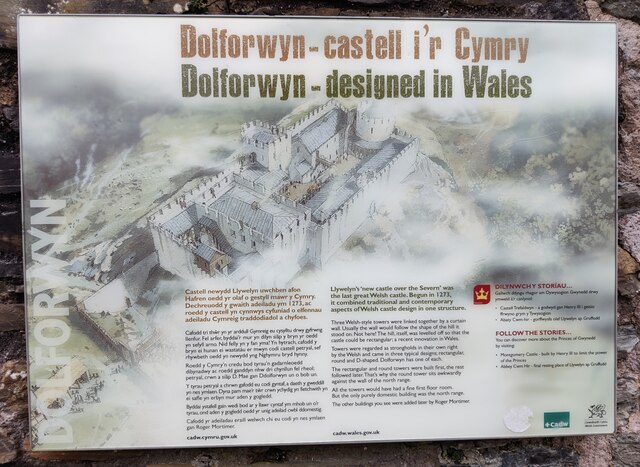
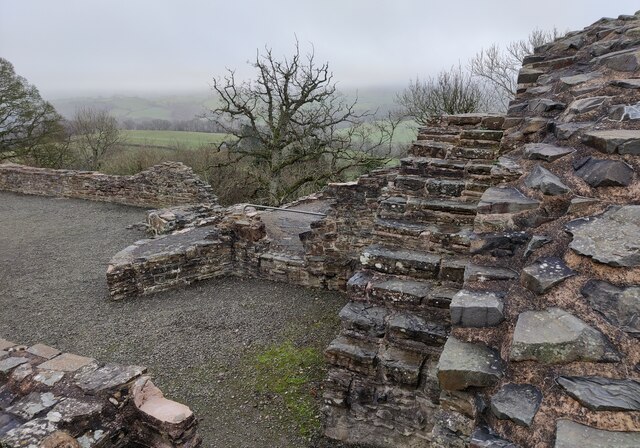
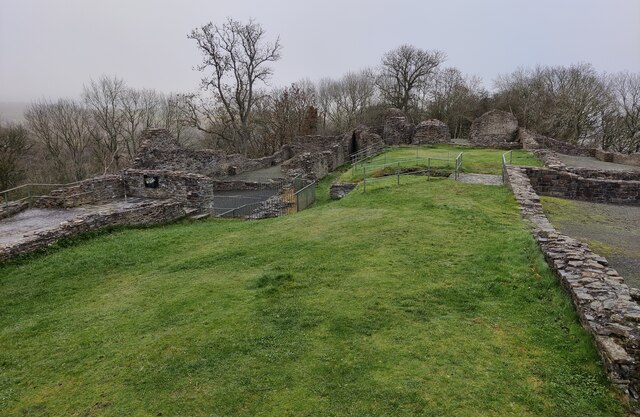
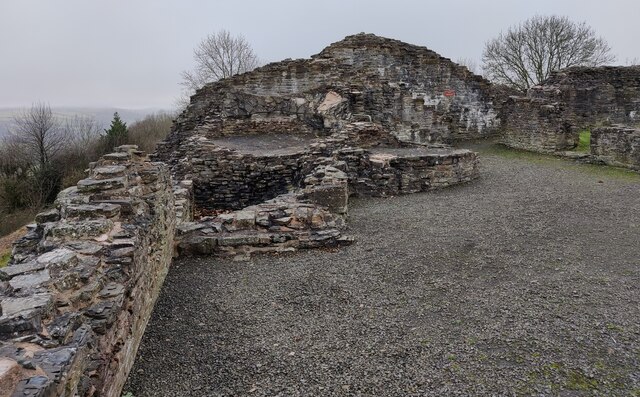
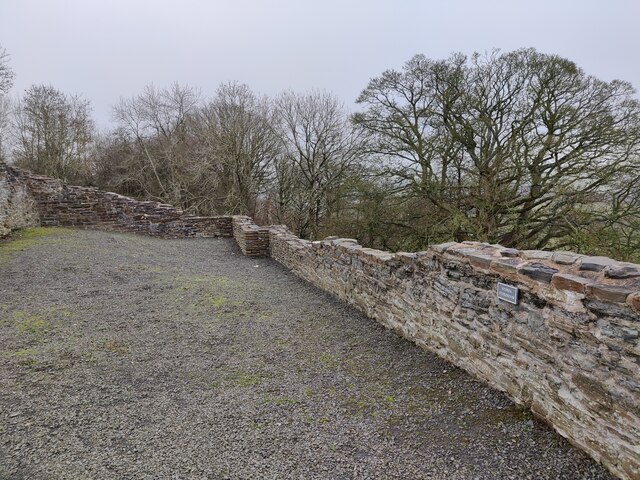
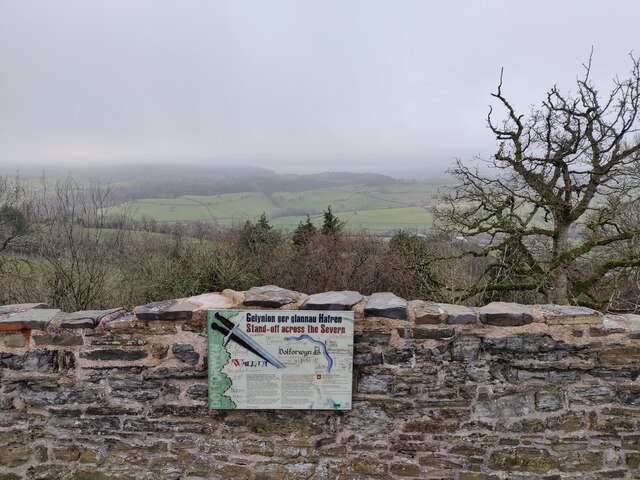
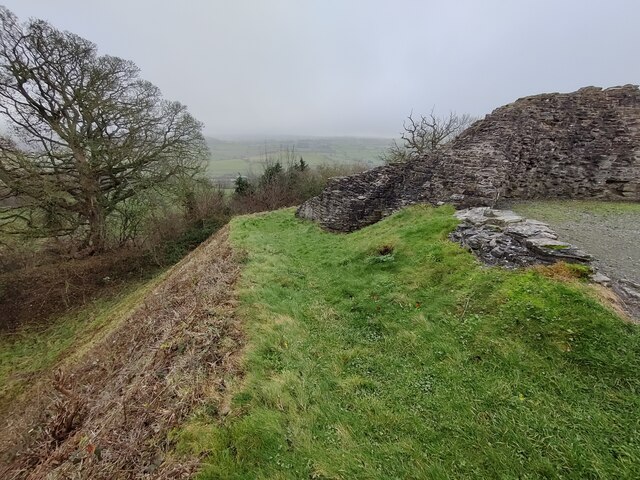
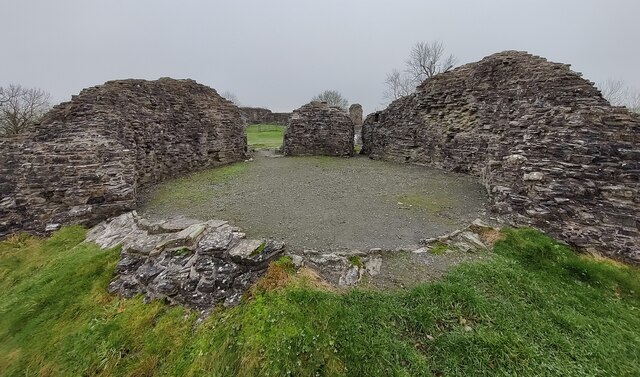
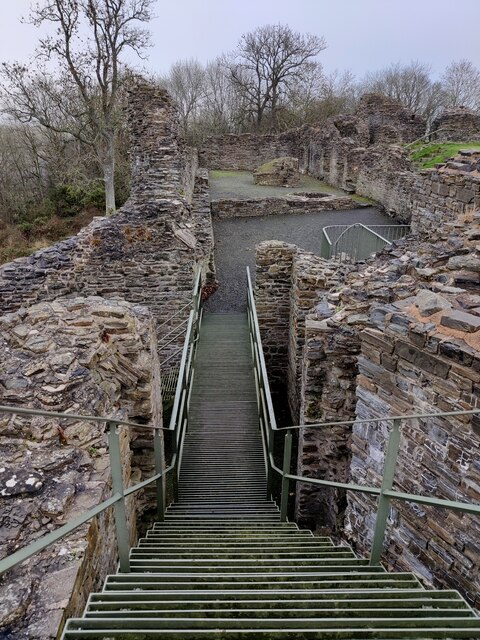
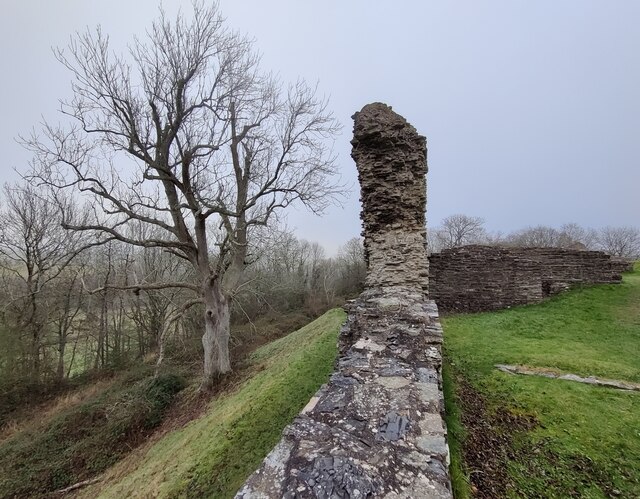
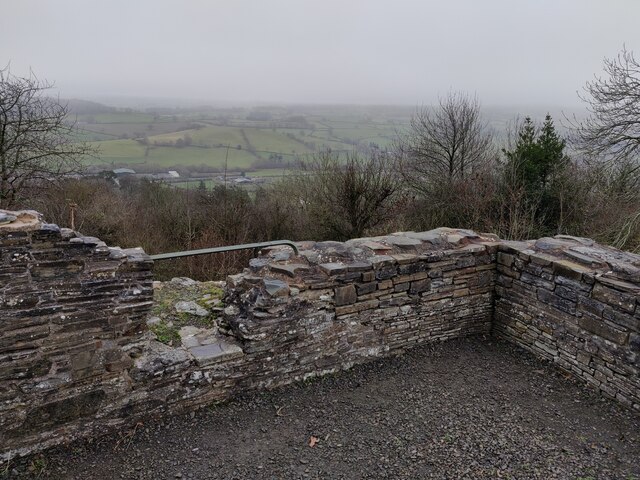
Brynderwen is located at Grid Ref: SO1695 (Lat: 52.546345, Lng: -3.2401447)
Unitary Authority: Powys
Police Authority: Dyfed Powys
What 3 Words
///fire.stunt.takeover. Near Newtown, Powys
Nearby Locations
Related Wikis
Abermule
Abermule (Welsh: Aber-miwl) is a village lying on the River Severn 6 km (4 miles) northeast of Newtown in Powys, mid Wales. The A483 Swansea to Chester...
Abermule train collision
The Abermule train collision was a head-on collision which occurred at Abermule, Montgomeryshire, Wales on Wednesday 26 January 1921, killing 17 people...
Abermule railway station
Abermule railway station served the village of Abermule (Abermiwl in Welsh) in Wales. Served by the Oswestry and Newtown railway, it was situated on the...
Yew tree cottage
Situated under the ramparts of Dolforwyn Castle, near Abermule in the Welsh county of Powys in the United Kingdom, Yew tree cottage is a part 17th century...
Dolforwyn Castle
Dolforwyn Castle (Welsh: Castell Dolforwyn) is a Welsh medieval castle above the village of Abermule, Powys. The fortification was established by Llywelyn...
Abermule with Llandyssil
Abermule with Llandyssil, formerly just Llandyssil (Welsh: Llandysul), is a community in Powys (historically Montgomeryshire), Wales, including the villages...
Fronfraith Hall
Fronfraith Hall is a mid-Victorian house in the historic parish of Llandyssil in the shire area of Montgomeryshire in Powys. Fronfraith also appears in...
Ffronfraith Halt railway station
Ffronfraith Halt railway station was a station in Llanmerewig, Powys, Wales. The station was opened on 9 July 1923 and closed on 9 February 1931. It had...
Nearby Amenities
Located within 500m of 52.546345,-3.2401447Have you been to Brynderwen?
Leave your review of Brynderwen below (or comments, questions and feedback).
